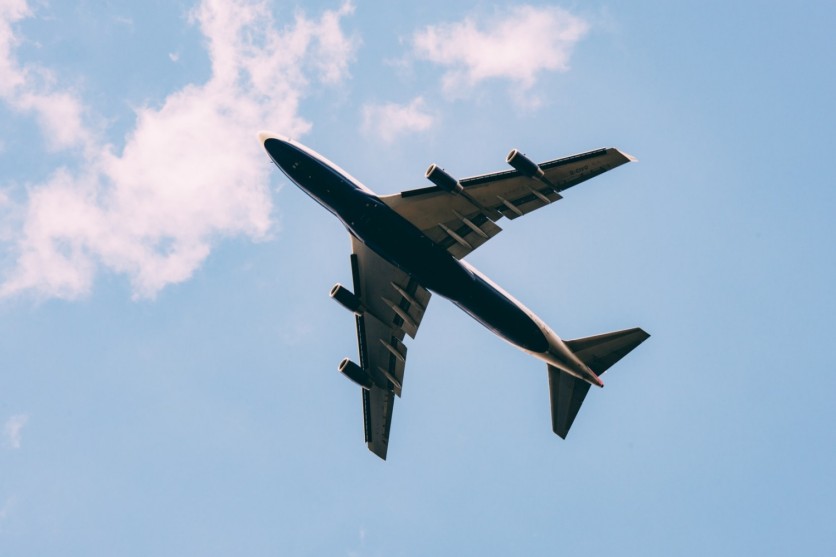
Most batteries are safe to have on an airplane. However, other batteries, such as lithium batteries, can generate high levels of heat, catch fire, or explode during flight. For that reason, the Transportation Security Administration (TSA) has strict guidelines regarding the transportation of batteries and electronics on planes. The TSA provides detailed information about batteries on its website.
Summary of TSA Rules for Batteries in Checked and Carry On Luggage
According to David Breston, a defense lawyer in Texas, in order to avoid legal repercussions, it is wise to carefully read the details on the TSA website for packing and carrying batteries on an airplane. The TSA advises that if you do not see an item on the chart, it does not mean that the item is allowed on the plane or in your baggage. It is better to leave an item out if you are in doubt.
A summary of some of the information regarding TSA guidelines for common battery types includes:
- Dry Cell Batteries (nickel-metal hydride, alkaline, and nickel-cadmium) are allowed in checked bags and carry on bags. This category includes most non-lithium dry batteries in common sizes (AA, AAA, C, D, 9-volt, button cell, etc.). There is not a quantity limit for this type of battery. The battery terminals (the ends of the batteries) must be protected from short circuit by leaving the batteries in the original packaging, covering the terminals with tape, using a battery case, or other acceptable precautions.
- Lithium Batteries are NOT allowed in checked baggage but can be placed in carrying on luggage. Because lithium batteries can easily catch fire if damaged or if the terminals short circuit, extreme caution is required when transporting lithium batteries on an airplane. If a carry on bag is checked at the gate or planeside, the spare lithium batteries must be removed and kept with the passenger in the airplane cabin. There are size limits for lithium batteries and requirements for protecting the battery terminals. For complete information about lithium batteries, you can view the Fact Sheet on the TSA's website here.
- Vaping Devices and Electronic Cigarettes are not permitted in carrying on luggage but not checked bags. The devices must remain with the passenger in the airplane cabin. Because the devices use lithium batteries, extreme care is required to ensure the batteries are safe.
- Most portable electronic devices, such as cell phones, laptops, tablets, computers, electronic games, watches, and cameras, that contain batteries are typically allowed in checked and carry on luggage. When possible, devices containing lithium or lithium-ion batteries should be packed in carry on bags. If items are placed in checked luggage, the items should be turned off completely and protected from unintentional activation.
The above examples are just a few of the types of batteries that airplane passengers might want to carry on a flight. The FAA has a detailed, illustrated table for batteries carried by airline passengers available online. It is strongly recommended that airline passengers review all information provided by the FAA, TSA, and their airline regarding batteries on airplanes before they pack their bags and arrive at the airport.
ⓒ 2025 TECHTIMES.com All rights reserved. Do not reproduce without permission.




